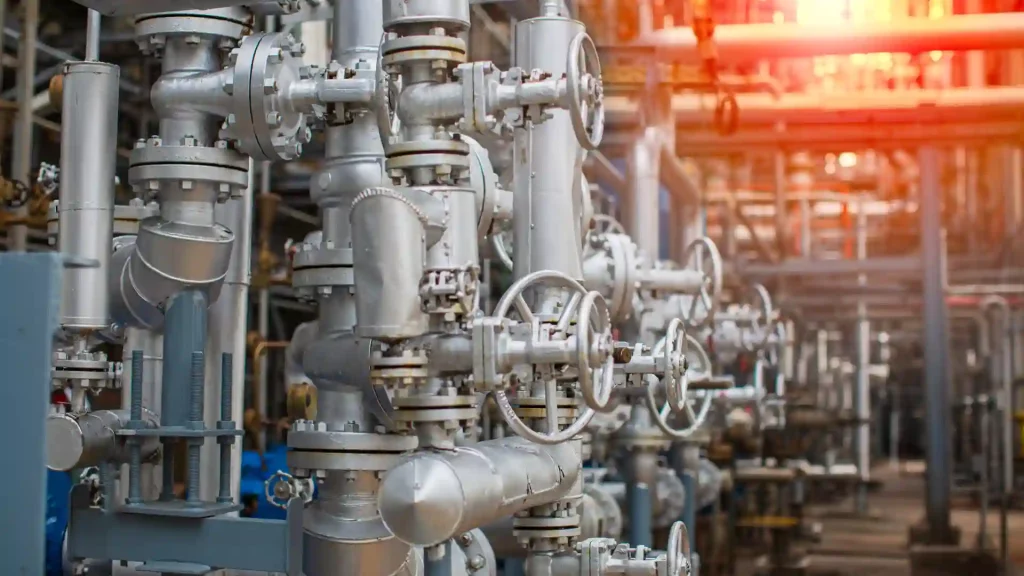The North Sea is going to become one of the largest wind energy sources for Europe. It currently caters to some of the world’s busiest trade routes. It is also an energy production powerhouse with hundreds of oil rigs pumping oil and natural gas and an abundance of infrastructure harnessing wind and wave energy.
The North Sea has provided significant energy security to European nations for the past few decades. This has made it an investment hotspot in recent times as well due to the energy crisis with Russia. This region could further witness an inflow of hundreds of billions of dollars in the form of investments for reducing the dependency on Russian energy imports and reducing the carbon footprints from energy production.
In April this year, a summit was held at Ostend, a Belgian port city, where nine European leaders agreed to work collaboratively with the aim to quadruple the current amount of offshore wind generation capacity in the North Sea and adjacent water by the year 2030. Other energy production methods discussed were renewable hydrogen for diversity, carbon-neutral and securing different energy generation avenues.
Dignitaries present at the summit were French President Emmanuel Macron; President of the European Commission Ursula von der Leyen; Prime Minister of Denmark, Mette Frederiksen; Belgium Prime Minister Alexander De Croo and the German Chancellor Olaf Scholz.
Leyen, the European Union President, included Britain, which was no longer a part of the European bloc and Norway, a nation that wasn’t a member of the Union. This was because these two nations have ample opportunities to set up offshore wind turbines.
The Belgium President said that Britain, the global leader in offshore wind energy production, might have had a divorce from the bloc, but it isn’t geographically moving away, so it became pivotal to include the erstwhile member and an important partner.
De Croo coined the title of virtual North Sea coastlines to smaller nations like Luxembourg and Ireland. The meeting was attended by seven EU members, including France, Netherlands, Denmark, and Germany, which have a North Sea coastline; Ireland and Luxembourg were the virtual North Sea countries present at the meeting.
A Shift to Offshore Wind
Last year, Russia regulated gas to destabilise Europe amidst the ongoing conflict in Ukraine. Such Kremlin decisions soared the energy prices in Europe to obnoxious levels. This made the European nations realise the dangers of being dependent on the necessary supplies of one entity and pushed for the need to find other relevant energy sources.
The main driver for this shift is both the Russian overdependence on energy supplies and a will to work towards lowering carbon emissions. This has brought together the largest consumers like Germany, France, and other European nations in an urgent need to shift to other energy sources.
The North Sea was selected as an alternative source of energy for inflation-hit Europe. The natural characteristics of the waters make it a suitable avenue for hefty investments. The waters of the northern region are great friends with strong winds and shallow water habitable for wind turbines.
This wind energy industry originated in northern Europe and caters to energy generation for some countries at a large scale. As per an industry group, WindEurope, wind energy amounts to 25% of energy production in Denmark and 15% in Britain in the year 2022.
The wind energy industry employs more than 300,000 people in Europe; more investments will generate employment. Europe already has a thriving wind industry, with some of the world’s largest wind turbines manufacturers like Vestas Wind Systems, based out of Denmark, and Siemens Gamesa Renewable Energy, headquartered in Spain as the leader of turbine machines.
Experts suggest that this sudden shift to wind energy will cripple the existing petroleum industry like Stavanger in Norway and Aberdeen in Scotland. The migration of workers from petroleum industries to offshore wind-related industries has already started.
The North Sea can transform into a major research and development hub for energy trading, especially maintaining an equilibrium of wind and solar energy. These two renewable sources have a similar trait of requiring efforts to store power or offload during times of excess power generation and effectively divert it to places facing energy shortages.
Future Innovations
The work to establish an artificial island in the North Sea, 30 miles away from the shore of Belgium, will begin next year. This sand man-made island will be named Princess Elizabeth Island. It will be built at an estimated cost of $2 billion and across 60 acres of seabed.
The futuristic infrastructure will be protected from the sea by high walls. This island would prove to be a forerunner for future endeavours in the field of power networks located offshore for the European region. This will be a junction of power cables from wind turbines located in far-off waters.
